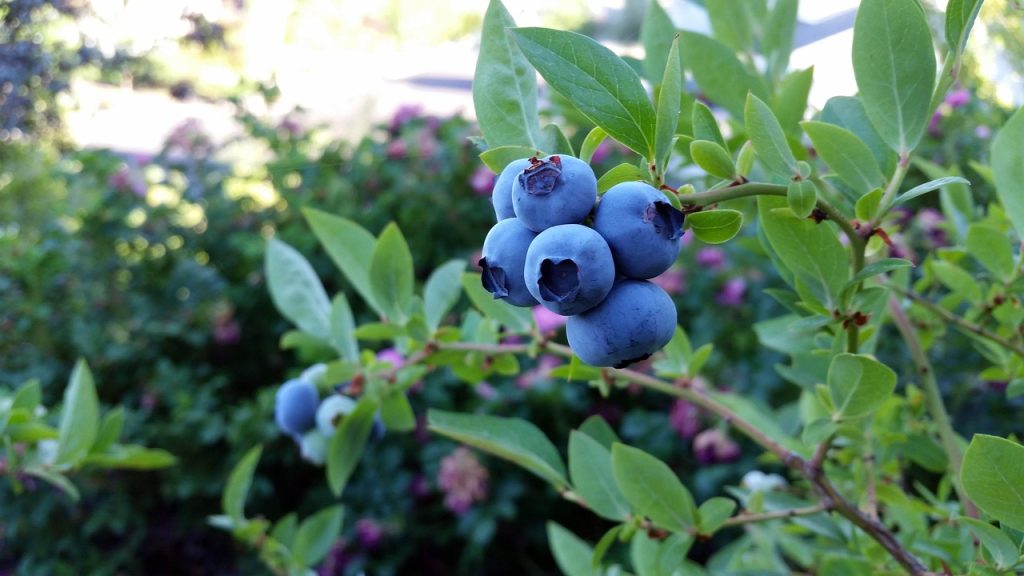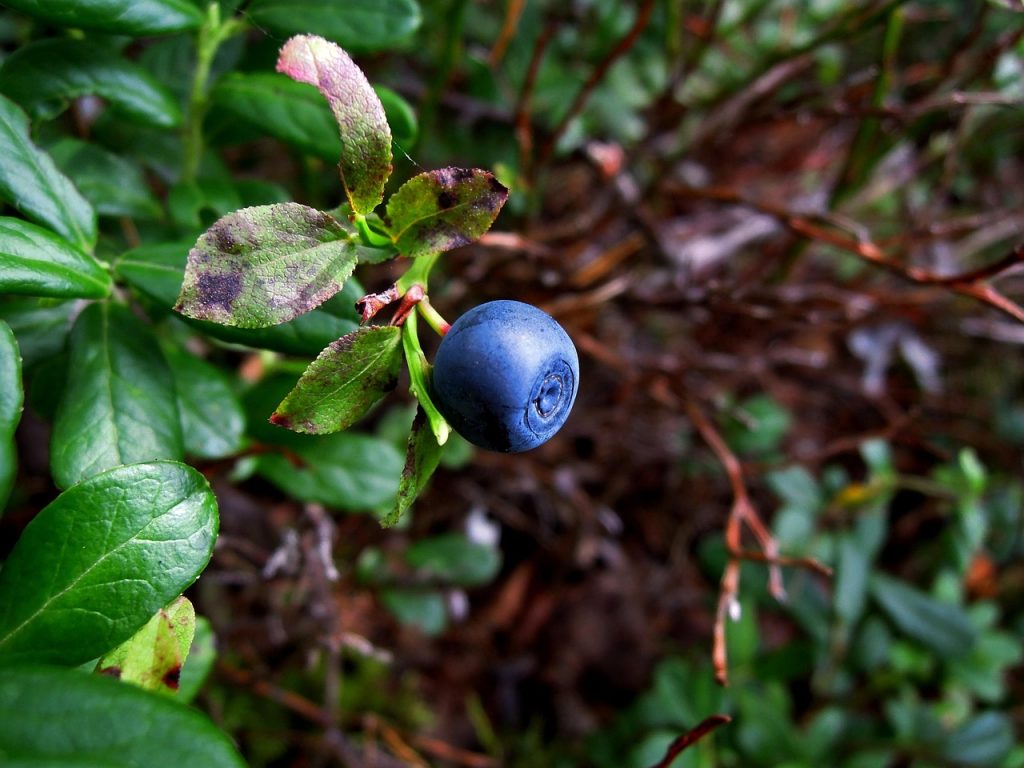Blueberries are not only a tasty addition to your diet but also a rewarding plant to grow in your outdoor garden. These vibrant berries are packed with antioxidants and vitamins, making them a healthy choice for snacking and cooking. With the right knowledge and care, you can enjoy a bountiful harvest of blueberries every year. This guide will walk you through everything you need to know about growing blueberries, from understanding their origins to solving common cultivation challenges.
The Origin and Charm of Blueberries
Blueberries are native to North America and have been a part of the continent’s diet for centuries. Indigenous peoples utilized them for both food and medicinal purposes, and they were a staple in their diet long before European settlers arrived. The charm of blueberries lies not only in their delicious taste but also in their ornamental beauty. With vibrant green foliage and clusters of deep blue fruit, blueberry bushes add aesthetic appeal to any garden.

Understanding Blueberry Varieties
There are several varieties of blueberries, each suited to different climates and garden conditions. The most common types include:
- Highbush Blueberries: These are the most popular type for home gardens and commercial production. They thrive in regions with cold winters.
- Lowbush Blueberries: Known for their hardiness, these are smaller and grow closer to the ground, making them perfect for colder climates.
- Rabbiteye Blueberries: Ideal for warmer climates, these are more heat-tolerant and are commonly grown in the southern United States.
- Half-high Blueberries: A hybrid of highbush and lowbush, these are suitable for gardens with limited space.
Ideal Conditions for Growing Blueberries
Light Requirements
It requires full sun to produce the most fruit. Aim for at least six to eight hours of direct sunlight each day. Inadequate sunlight can lead to poor fruit production and a less vigorous plant.
Soil Preferences
Blueberries thrive in acidic soil with a pH level between 4.5 and 5.5. They prefer well-drained soil rich in organic matter. Consider conducting a soil test before planting and amend the soil with peat moss or sulfur to achieve the ideal pH level.
Watering Needs
Consistent moisture is key for blueberries, especially during the fruiting season. Water deeply and regularly, ensuring that the soil remains moist but not waterlogged. Mulching with pine needles or bark can help retain soil moisture and maintain acidity.
Temperature Tolerance
Most blueberry varieties are winter-hardy, but extreme cold can damage the plants. To protect them, consider covering the bushes with burlap or frost cloth during harsh freezes. In hot climates, providing some afternoon shade can help prevent heat stress.
Planting and Propagation
Planting Blueberries
Spring and fall are the best times to plant blueberries, allowing them to establish roots before the extreme temperatures of summer or winter. Space the plants about four to five feet apart to ensure adequate airflow and room for growth.
Propagation Techniques
It can be propagated through cuttings or by layering. Softwood cuttings taken in late spring or early summer root well in a mixture of peat and perlite. Layering involves bending a lower branch to the ground and covering it with soil until roots form.

Seasonal Care for Blueberries
Pruning Practices
Regular pruning is essential to maintain plant health and fruit production. In late winter or early spring, remove any dead or weak branches, and thin out crowded areas to improve air circulation.
Fertilization
Use a fertilizer formulated for acid-loving plants. Apply in early spring and again in late spring or early summer. Avoid over-fertilizing, as excessive nutrients can damage the plant and reduce fruit yield.
Common Problems and Solutions
Pest Management
Birds and insects are common pests that can affect blueberries. Netting can protect fruit from birds, while organic insecticides can manage insect populations.
Disease Prevention
Blueberries are susceptible to diseases like root rot and powdery mildew. Ensure proper drainage and space plants adequately to prevent fungal diseases. Regularly inspect plants and remove infected parts immediately.
Enjoying Your Blueberry Harvest
Once your blueberries are ripe, they’re ready to be picked and enjoyed. They can be eaten fresh, frozen, or used in a variety of recipes, from smoothies to baked goods. Freezing excess berries is a great way to enjoy their flavor all year round.
Blueberry FAQs
Most blueberry bushes begin to produce fruit in their third year, with full production occurring around year six.
Yes, blueberries can be successfully grown in containers, provided they are large enough to accommodate the root system and have proper drainage.
Yellowing leaves can indicate nutrient deficiencies or incorrect pH levels. Conduct a soil test and adjust fertilization or soil amendments as needed.
Using bird netting or creating a simple wire frame over the bushes can effectively keep birds away from your berries.